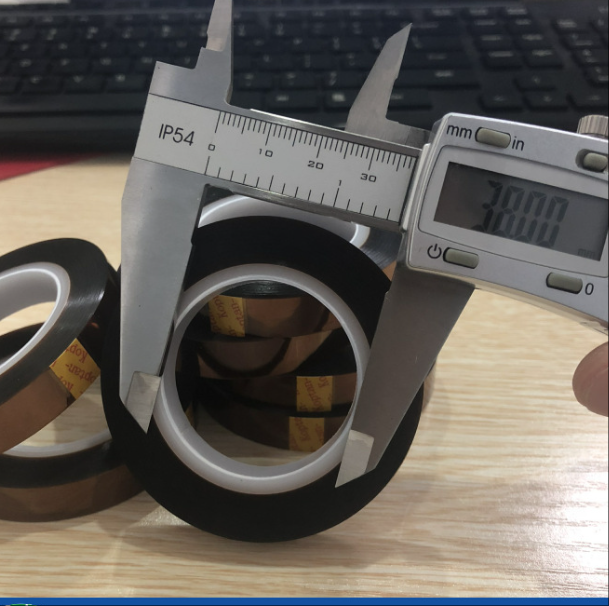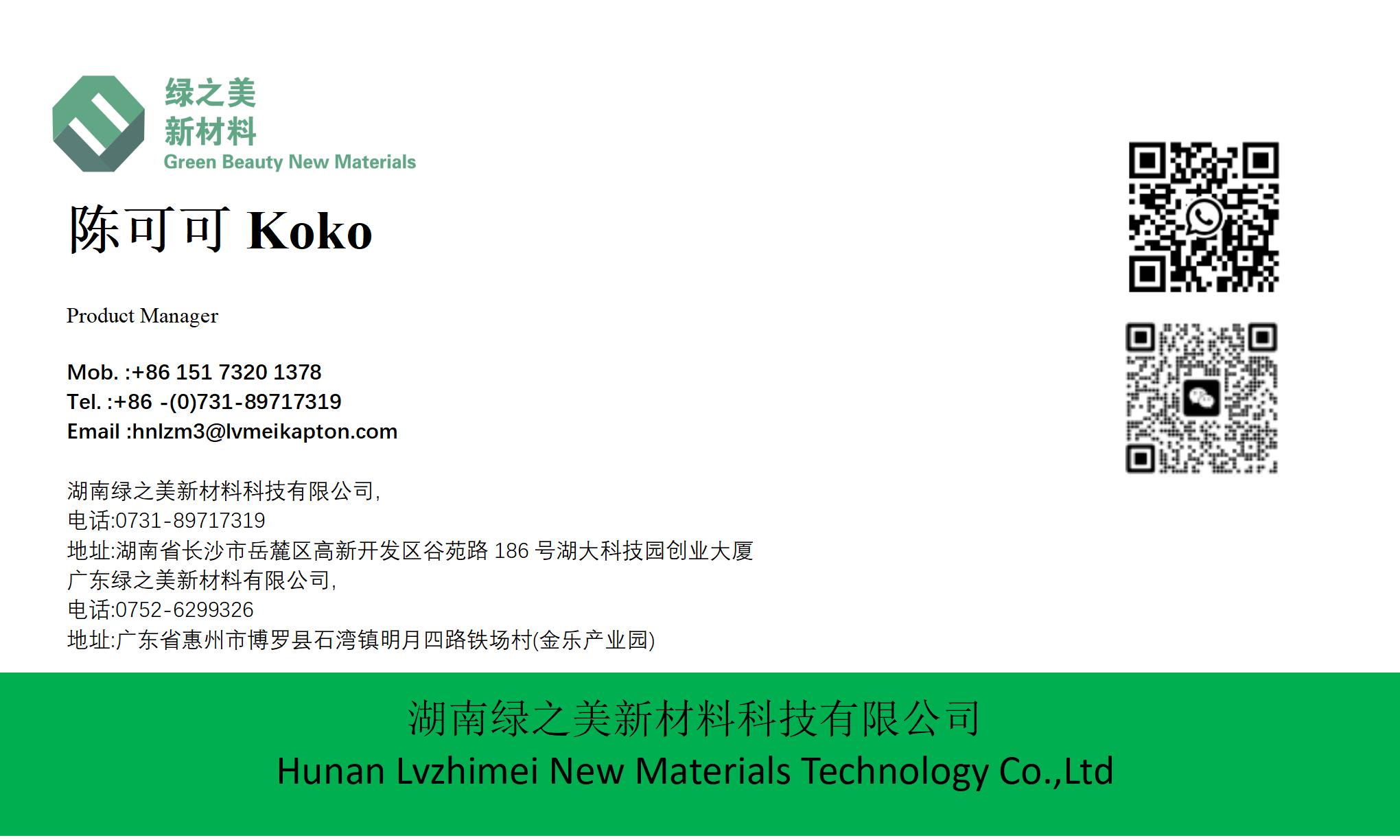



Which Testing Standards Ensure Accurate Measurement of Polyimide Tape Tensile Strength for Gold Finger Electronics? |https://www.lvmeikapton.com/
To guarantee that polyimide tape meets the tensile strength requirements of gold finger applications, B2B stakeholders rely on standardized testing methods that eliminate ambiguity and ensure consistency across suppliers. The most widely recognized standards include ASTM D882 (Standard Test Method for Tensile Properties of Thin Plastic Sheeting) and ISO 527-3 (Plastics—Determination of Tensile Properties—Part 3: Test Conditions for Films and Sheets).
ASTM D882 specifies procedures for measuring tensile strength, elongation at break, and modulus, using a universal testing machine with controlled temperature and humidity. For Kapton tape, samples are typically cut into dog-bone shapes (Type V specimens) and pulled at a constant speed (e.g., 50 mm/min) until fracture. This method ensures reproducibility, allowing buyers to compare tensile strength values across different manufacturers objectively.
ISO 527-3, meanwhile, provides guidelines for testing films under similar conditions but with variations in specimen dimensions and testing speeds, catering to regional preferences in Europe and Asia. Both standards emphasize the importance of conditioning samples at 23°C ± 2°C and 50% ± 5% relative humidity to simulate ambient manufacturing environments, as temperature and moisture can affect polyimide’s mechanical properties.
For B2B buyers, partnering with suppliers who conduct testing in accredited laboratories (e.g., ISO/IEC 17025) adds an extra layer of assurance. These labs validate tensile strength claims, issuing certificates that confirm the tape’s suitability for gold finger protection—critical for high-reliability electronics where performance gaps can lead to costly failures.

Material | Temperature Resistance (°C) | Flexibility | Chemical Resistance | Electrical Insulation |
PI Tape | Up to 300°C | High | Excellent | Excellent |
Ceramic Tape | Up to 1000°C | Low | Good | Good |
Glass Cloth Tape | Up to 500°C | Medium | Good | Good |
Aluminum Foil Tape | Up to 200°C | Low | Fair | Poor |





